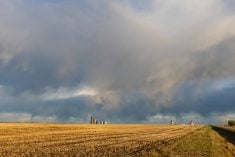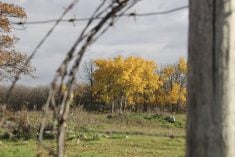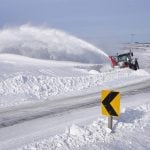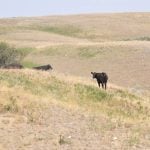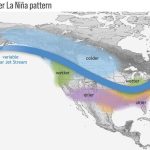So far this winter, with a few exceptions, the weather models have been doing a good job with the overall weather pattern. Last week’s forecast was bang on with general motion and timing of the main weather systems, but as usual the devil was in the detail.
The winds associated with last Friday’s clipper system, which moved through Saskatchewan and Manitoba, were a little underestimated along with the cold air associated with the Arctic high. Luckily the timing was pretty good. The cold air only stuck around for a couple of days in Alberta, about three in Saskatchewan and around four days in Manitoba.
Read Also
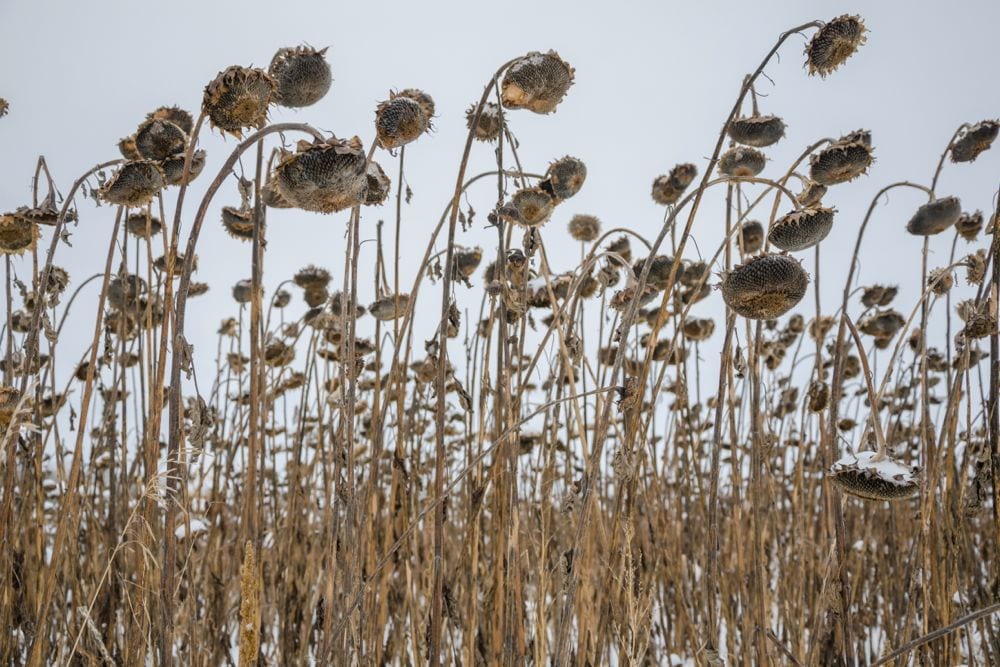
Prairie forecast: Warm start, then cooler
Prairie forecast calls for warm temperatures to give way to cooler, wetter weather week of Oct. 22-29.
This forecast period starts with the last of the bitterly cold air departing Manitoba thanks to a weak area of low pressure that moved through on Wednesday. This low, combined with an area of high pressure building over the northwestern U.S., helped to pull mild air in off the Pacific and push it eastwards across the Prairies.
The Northwestern U.S. high looks to dominate the weather over Alberta and B.C. for much of this forecast period while over Eastern Canada the weather models are showing a large trough of low pressure developing. This setup will create a northwesterly flow across the Prairies. At the time of writing this looks to stretch from far northern Alberta to northwest Ontario. Areas to the north of flow will be on the cold side, while areas to the south with see nice mild air.
This flow will be the dividing line between cold and warm air. It’ll also be the track which several areas of low pressure are forecasted to follow. While none of the lows are forecasted to be big storms, if they all follow the same track, snow totals could eventually add up.
Alberta
Most of this forecast period looks to be sunny and mild thanks to a building ridge of high pressure over the northwestern U.S. After a bit of a blustery start on Wednesday, high pressure will begin to settle in. This will bring lighter winds and plenty of sunshine. There’s a chance of some clouds and scattered snow showers overnight Thursday as a back-door warm front pushes through. Daytime highs should be in the 0 to +5 C range across the province beginning on Thursday and lasting right through the weekend.
As we move into Monday, a developing area of low pressure over the Yukon, combined with the persistent ridge of high pressure over the northwestern U.S., will help pull mild air into the province. Expect daytime highs on Monday and Tuesday to push into the 5 to 8 C range over the northern half of the province. Highs in the south may reach it into the low teens. By Wednesday, a cold front associated with the Yukon low is forecasted to begin dropping southwards. This front will bring a chance of snow, blustery winds, and dropping temperatures beginning over the Peace River region and advancing southwards into central regions before being pushed off to the east. This means southern regions look to be spared by this cold air outbreak.
Saskatchewan and Manitoba
An interesting forecast period across these regions as the flow becomes northwesterly and the dividing line between warm and cold air sets up somewhere across these regions. Currently it looks like the dividing line will stretch from far northwestern corner of Saskatchewan, southeast to north of the Lake of the Woods. Areas south of this line will see daytime highs in the -5 C range with overnight lows dropping to around -12 C.
What makes this forecast interesting or complicated is a series of lows forecasted to develop over the Yukon and then drop southeastwards along this line. These lows will bring quick shots of snow, with Manitoba seeing the best chance of accumulating amounts. As each low approaches, temperatures will rise, then drop as they pass. With Manitoba being closest to the dividing line, this region will likely see the greatest fluctuations in temperatures. Latest model runs are showing the track of these lows shifting northwards a little bit. Should this materialize, the amount of snow will be greatly reduced.
The first low will track through on Friday and Saturday and bring clouds and light snow to most of central Saskatchewan and much of central and southern Manitoba. Temperatures will cool behind this low with highs over Manitoba dropping to around -10 C and lows falling to around -17 C. Saskatchewan should only see temperatures cool by a couple of degrees.
The next low is forecasted to drop through on Monday and to bring another shot of light snow. Most of the snow from this system is forecasted to fall across central Manitoba. Once again, we will see temperatures rise ahead of the system before dropping off once it has passed.
— Daniel Bezte is a teacher by profession with a B.A. (Hon.) in geography, specializing in climatology from the University of Winnipeg. He operates a computerized weather station near Birds Hill Park, Man. Contact him via email with your questions and comments.







